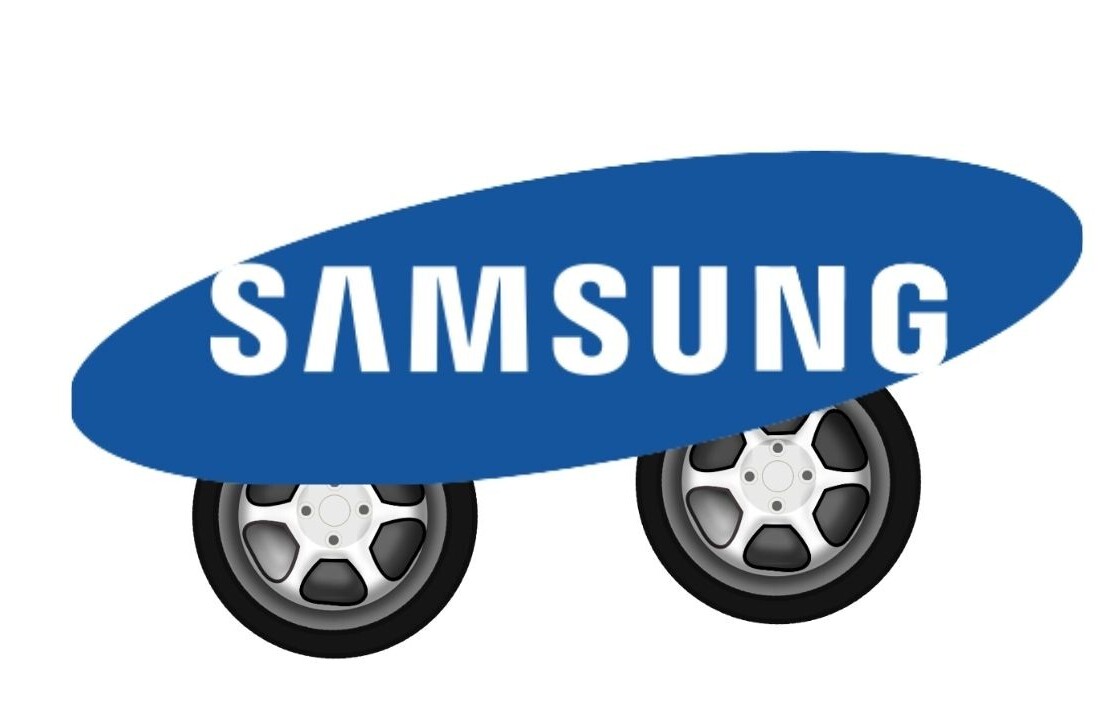
Chinese PC maker Lenovo has confirmed that it will open a production line in North Carolina next year, creating 115 manufacturing jobs in the US. The news comes little more than a month after a recent commitment from Samsung to invest $4 billion in upgrading a factory in Austin, Texas.
Lenovo and Samsung both rank among the world’s largest companies in their respective fields, but they also share something else in common: they’re both from Asia, the center of much of the world’s electronics manufacturing in recent years. US companies have been called upon by citizens and government officials alike to bring manufacturing jobs back home, but, in an odd twist of fate, Asian companies may actually be the ones set up to lead the charge bringing these positions back Stateside.
The Q Experiment
To be fair, some US companies are working to produce devices locally. For instance, Google, touted its Nexus Q streaming media player as being easier and faster to develop and manufacture in North America than Asia.
“We’ve been absent for so long, we decided, ‘Why don’t we try it and see what happens?’” Google executive Andy Rubin told The New York Times. The factory, which reportedly employs hundreds of workers, is located just minutes away from the company’s Mountain View, California headquarters, though it won’t say exactly where.
The experiment has yet to turn out a success, though. The $299 device was criticized as being too expensive and not functional enough and Google has since delayed the product indefinitely.
Still, Google’s not alone in its efforts. As many as one-third of US companies are considering bringing manufacturing operations back home, according to an April study from Boston Consulting Group cited by the Times.
Or, They’re Not Coming Back
On the other side of the spectrum, Apple has been blunt about keeping its manufacturing operations overseas. Late co-founder Steve Jobs famously told US president Barack Obama that manufacturing jobs “aren’t coming back”. One former Apple executive told the Times earlier this year that the US is unable to match the “speed and flexibility” of the production infrastructure in China.
The company does, however, want credit for the jobs it has created in the US. In March, it highlighted the more than 500,000 jobs it has created or supported in the US, including more than 200,000 jobs for the “iOS app economy”.
For its part, Apple is also investing in its own Austin operations, though mostly in “customer support, sales and accounting functions”, rather than outright manufacturing. The company closed a deal this summer to invest $304 million in the area and create 3,600 jobs.
“Local Excellence”
In its statement announcing the North Carolina factory, which will produce products like the ThinkCentre M92p tiny desktop and the ThinkPad Tablet 2, Lenovo itself called attention to the fact that it is “defying a trend that has seen electronics manufacturing jobs migrate overseas for more than two decades”.
“Lenovo is establishing a U.S. manufacturing base because we believe in the long-term strength of the American PC market and our own growth opportunities here,” said Yuanqing Yang, the company’s chairman and CEO.
US Senator Richard Burr applauded the move in a statement:
“The trend lately has been for manufacturing jobs to be created abroad, but some of the brightest and best trained talent in these high-tech fields can be found right here in America. I am proud of Lenovo for recognizing the talent and the potential here in North Carolina, and I look forward to even more growth in this sector in the years to come.”
While Lenovo has risen to become the world’s second biggest PC maker, its strength has largely been in Asia. For instance, it boasts a 30 percent share of the PC market in China and claims to be the number one PC company in Japan as well. In the US, Lenovo ranked fourth with an estimated 8 percent market share in the second quarter of this year, according to figures from IDC.
In keeping with its self-professed strategy of “global reach with local excellence”, Lenovo is also setting up manufacturing bases in Brazil to reach that emerging market. “In order to win in Brazil long term you have to have local manufacturing,” CFO Waiming Wong said last month.
Risk Reduction
The upgrades to Samsung’s Austin factory, which will add support for 28nm production processes are expected to be completed by the second half of next year. Davies Murphy Group analyst Chris Green told the BBC that the location of the plant makes sense because the raw materials needed can be found in the surrounding desert areas of the US.
Green also speculated that the move would help Samsung spread risk across different countries.
“The 2011 Japanese tsunami and earthquake severely impacted the car industry – and that’s been a big lesson for the tech industry,” he said. “By spreading its manufacturing base to several geographies Samsung is better protected against natural disasters, currency fluctuations and other events that could leave it exposed.”
Asia + America
Samsung’s manufacturing investments in the US don’t preclude it from continuing to focus on its China business. Samsung officials recently voiced a strong commitment to the Chinese market, though they were speaking off the record to The Korea Times. The company wants to develop its reputation there as an employer as well as a consumer brand.
“As you know, we have been very aggressive in facility investment and have been holding high-profile business meetings with Chinese companies and policymakers. Yes, we want to be bigger in China than Apple,” one executive said.
Manufacturing opportunities in China have become more difficult for companies in recent years. Rising wages and costs have combined with a strong Chinese yuan to erase some of the savings that spurred corporations to move operations overseas in the first place. Meanwhile, increased scrutiny from domestic and international labor organizations and hints of possible worker unrest have also complicated production efforts there.
While it’s unlikely that the kind of role reversal Asia and America that has been depicted in recent fictional works (Looper and Gary Shteyngart’s Super Sad True Love Story come to mind) will take place in the near future, there does seem to be a trend of successful Asian corporations looking to set up and expand Stateside production bases.
Get the TNW newsletter
Get the most important tech news in your inbox each week.




